




Dorsten's History - Station 15: Ruhrgas (Translation Lyn)
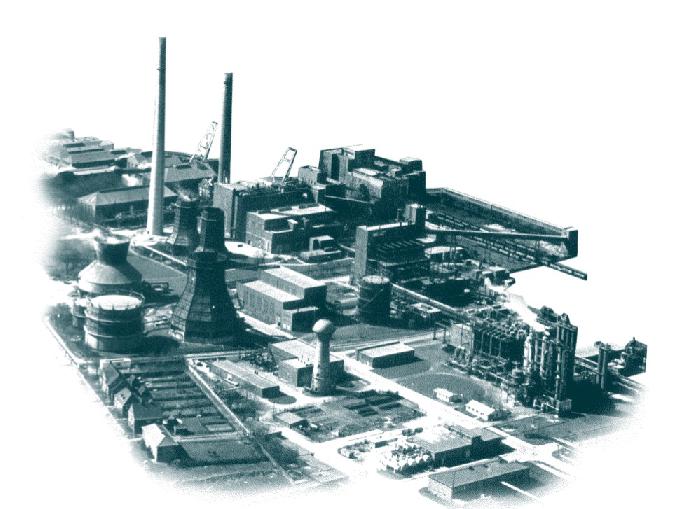
The first factory installation, producing gas from hard coal using a high pressure process, is grounded in Dorsten in co-operation with the geographically neighbouring mine-shafts of "Fürst Leopold and Baldur". The first installations can be used in the Summer of 1955, following just 18months of construction work.
Up until 1966, 4 million metric tons of hard coal from the mine-shaft "Fürst Leopold-Baldur" are purified in order to produce the exchange gas of the coking plant. The ash resulting from the gasification process (approximately 0.9 million metric tons) is a sort-after by-product for the building and stabilising of dams. The Dorstener Factory has customers from all over Europe.
 Coke Production Installation |
1949 |
_ |
Initiated by Ruhrgas AG, the first attempts at coke production from local hard coal begin at the "Ruhrchemie" site in Oberhausen-Holten. The coal extracted in Dorsten achieves by far the best results. | |
|
The Ruhrgas AG board of directors decide on the foundation of the
| _ |
1953 |
_ |
The first factory installation, producing gas from hard coal using a high pressure process, is grounded in Dorsten in co-operation with the geographically neighbouring mine-shafts of "Fürst Leopold and Baldur". The first installations can be used in the Summer of 1955, following just 18months of construction work. |
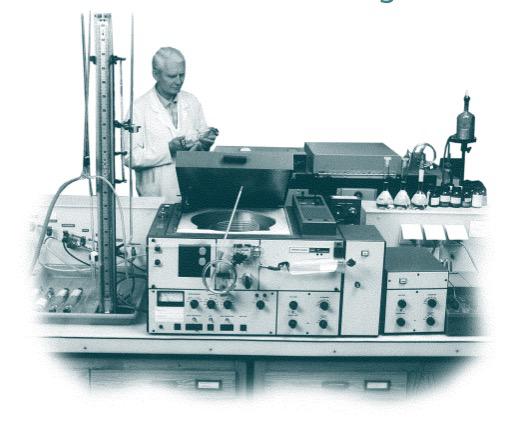 Chemical Laboratory in the 1960's |
1966 |
_ |
The production of coal gas under pressure is stopped for economic reasons - the price of coal had increased by this point in time to five-fold its initial price. The "Steinkohlengas AG" is dissolved in 1967. Town gas is produced during the next two decades from the conversion of natural gas. | |
|
The Federal Republic of Germany gets gas from the Netherlands.
| _ |
1968 |
_ |
Ruhrgas erects a Research and Development Centre on the site, in order to fulfil the technical requirements for the general introduction of natural gas. |
|
The first natural gas from the Soviet Union reaches the Federal Republic of Germany
| _ |
1973 |
_ |
The "Ruhrgas-Sommers-Method" which is developed here and which enables a flexible setting of the burners in gas boilers, is used all over Europe. |
|
Norway has supplied the Federal Republic for two years wih natural gas from the North Sea.
| _ |
1979 |
_ |
As a consequence of the first oil price crisis, a test installation for high pressure coal gas (100 bar) is started to enable a natural gas exchange gas to be produced. |
|
|
1990 |
_ |
A procedure developed in Dorsten for the exact calculation of natural gas quantities starts to be used world-wide. The first condensing boilers incorporating a particularly low-emission gas burner, which was developed in Dorsten, become commercially available. | |
 200kW- Fuel Cell |
1992 |
_ |
For the first time in Germany, a 200kW Fuel Cell Installation starts up its operation for the efficient production of electricity and heat. | |
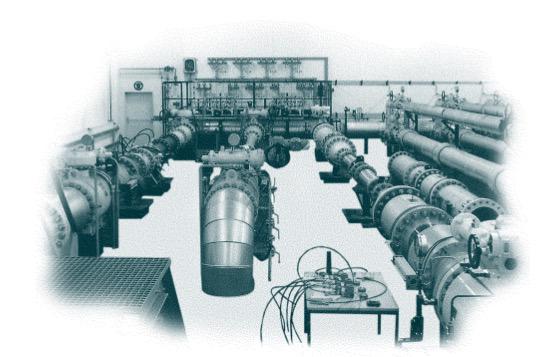 High-Pressure Testing Station |
1993 |
_ |
The high-pressure testing station "Pigsar" is used for the exact calibration of Gas Meters. It has been classified since 1999 as the "National Norm for High-Pressure-Gas" because of its high quality. | |
|
|
2001 |
_ |
A new measuring system, using miniature sensors for determining the calorific value of natural gases, is awarded a prize for innovation by the "Fachverband Sensorik". | |
|
|
2003 |
_ |
50 Years of Ruhrgas in Dorsten |
[zurück]
Daten und Fakten
Eröffnung - 27th June 2003
Adresse - Ruhrgas, Halterner Str.
(A new location to be found)
Geodaten - 51°40'17.8 ,6°59'26.7
Zeitdokumente in Bildern
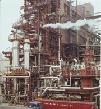
Die Ruhrgas-Anlage
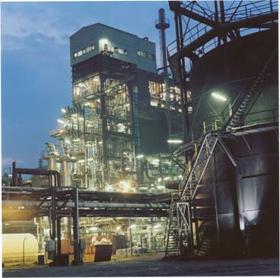
Abendstimmung - Blick auf die Anlage

Bild aus den 60ger Jahren

